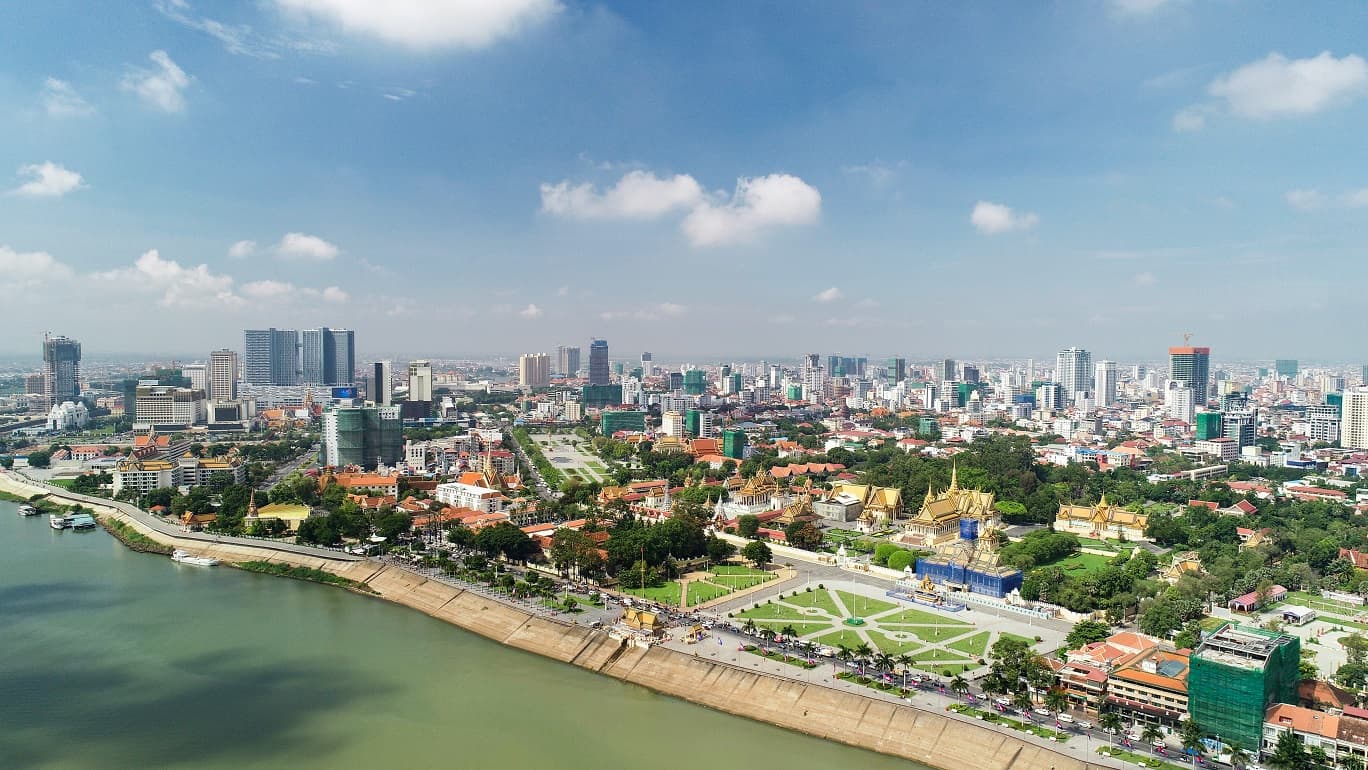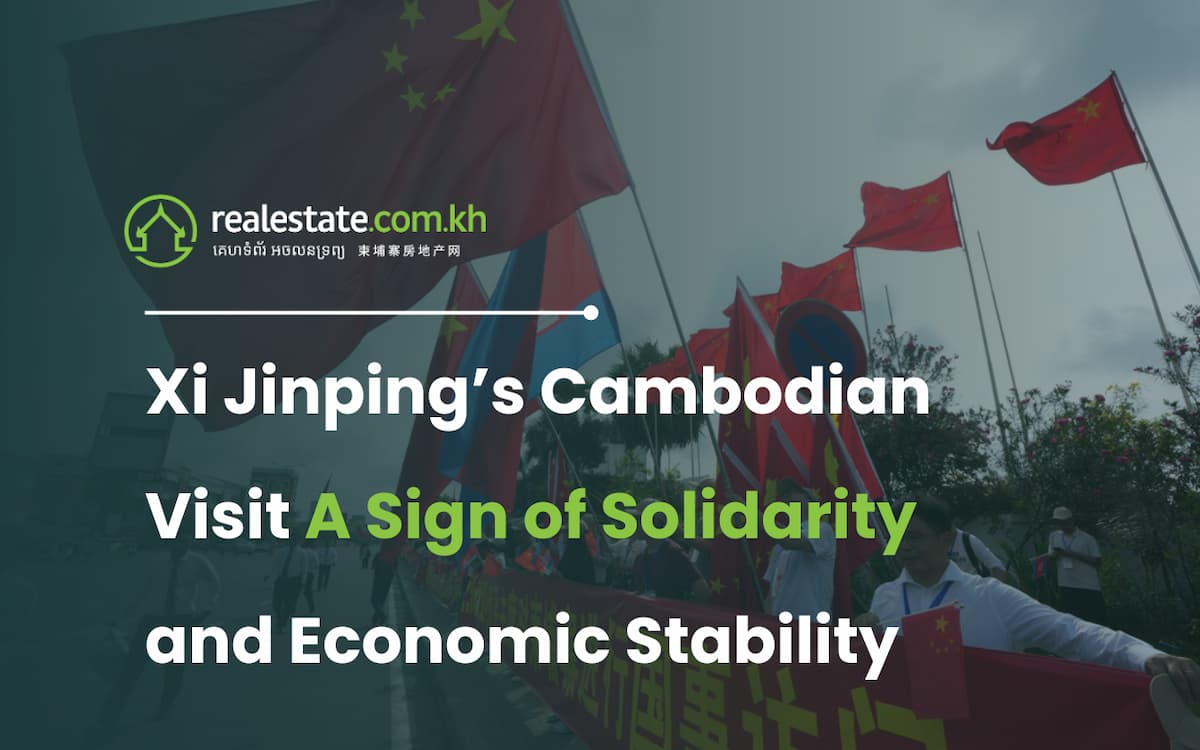
The property market is currently booming and trending upwards, based on the estimates of Simon Griffiths, Managing Director of The Mall Company Cambodia. He added, “With greater competition, developers shall increasingly offer better-guaranteed yields and deals to foreign and local buyers.”
The Kingdom of Cambodia, for the past half-decade, has seen a consistent 7% GDP growth. In 2019, the country also saw its inward FDI flow increase to $3.7 billion, an increase of 12% compared to 2018.
But data and figures can only go as far if you’re not familiar with the real estate sales and purchase processes of Cambodia. This is exactly why Sereyrath Kiri, an Associate at Sciaroni & Associates, tackled this topic during a recent breakfast meeting with real estate professionals -- to promote knowledge in regards to the appropriate way of buying and selling properties in Cambodia.
What are the Types of Property Tenure and Ownership?
Kiri mentions that there are various ownership and tenure in Cambodia. These include:
Freehold ownership: In freehold ownership, the owner is free to use the property as he wishes, as long as it follows provisions stated in Cambodian law.
Leasehold: You can branch this out into two subcategories: short and long-term lease. Long-term leases typically last for 50 years or more and are registered with the land department.
Concession: A concession is a conditional lease that’s granted by the government over state private land. According to Kiri, this was stopped by the government a few years ago.
What are the different types of property titles in Cambodia?
Soft and hard titles are the basic forms of land titles, but there are plenty of subcategories that people are not generally aware of. These titles include soft, hard, and strata titles. Kiri explained the differences between each title and gave a brief background on each of their subcategories.
A Hard Title is the most secured is issued and recognized by the Ministry of Land Management, Urban Planning and, Construction at a national level. This makes it the strongest form of property ownership.
Kiri adds that a hard title actually refers to three types of property title certificates:
- Certificate of Land Use and Occupation Rights: This is also referred to as a “chicken feather title” because the document has an illustration of the latter. This also refers to any title that was issued to the owner before the land law was enacted.
- Certificate of Immovable Property Possession: This certificate is given if the land registration was initiated by the individual owner in the area that the systematic land registration had not been conducted by the government yet. This process is otherwise known as a “sporadic land registration”.This certificate does not include a map of the property.
- Certificate of Immovable Property Ownership: This is a certificate given after a systematic land registration initiated by the government on a specific area. This can be distinguished from the sporadic land registrations documentation because it has a map to show the location of the land.
UPDATE: LMAP titles have also become more prolific in recent years. LMAP titles are issued by the Ministry of Land Management, Urban Planning, and Construction. These titles are equal in nature to Hard Titles as they are recognized nationwide, considered secure, and contain in them the specific GPS coordinations of land boundaries - making dispute resolutions a lot less frequent and quicker to settle.
A Soft Title is only issued by the local commune or the district office. Therefore it is not registered at the national level, making it less secure than a hard title. Kiri also mentions other risks owners with soft titles may encounter such as competition to claim the title since ownership is not confirmed at a national level of the registry. Overlapping boundaries and duplicate soft titles issued to different applicants may also cause conflicts and issues in the future.
Kiri says that a soft title may also refer to various forms of property title other than the hard title. These includes:
Application for land occupation - This is the request the possessor of land submits to the local authorities.
• Letter of transfer acknowledged by local authorities - This is a document of transfer that the Chief has acknowledged and signed.
• Simple and private sale-purchase agreement - This document is an agreement that’s made just between buyer and seller.
Another type of title is a strata title, which is a type of hard title that refers to co-ownership rights for buildings. The title itself has a floor plan and a building name. It will also contain a history of transfer at the back. You can perform a title search in the district to prove its authenticity. The strata title is a product of the condominium law.
Are you interested in learning more about property titles? You can check our guide to property titles in Cambodia.
Interested in purchasing land? Take a look at what is available!
Can you Convert Soft Titles in the Province to a Hard Title?
Kiri says that all soft titles can be converted into hard titles through sporadic land registration. When asked how much it would cost to do so, Kiri says that the price will depend on the size and location of the property itself.
What is the Sale and Purchase Process in Cambodia?
Kiri explains that the real estate sales and purchase process in Cambodia are relatively simple. Once you find a property you like, you have to do your due diligence first. This includes doing the title search to check on boundary issues and checking the accuracy of measurements. Then, you should do the negotiation of terms with the owner. Once you come to an agreement, you can go about signing a sale and purchase agreement. After that, you simply have to submit the transfer documents to the Cadastral office and pay the stamp duty tax. The necessary transfer documents will then be brought back to the Land Department so that the transfer can be processed.
Once the transfer is complete, you just need to do your confirmatory due diligence. Kiri says that this is when you confirm that the property was properly transferred and that there are no spelling mistakes or errors in the information.
Foreign investors can check out our Ultimate Land Buying Guide for more information on obtaining land and landed properties in Cambodia.
What are the Relevant Taxes?
Kiri also talked about the recent change in taxes. For instance, if a 4% stamp duty on property transfer was only required when transferring hard titles, this is no longer the case. Transferring a soft title now bears the same percentage tax. Kiri adds that the 4% is not the contract price. It’s the value assessed by the tax department. By law, this should be shouldered by the buyer. But in practice, this is often shouldered by the seller.
Kiri also states that if a property is sold by a real regime taxpayer or a company, the gain will form part of the taxable profit which is taxed at 20%. He also mentions that a 10% withholding tax is applicable to the lease of property.
Another thing you must keep in mind is that the arrears of annual property tax must be settled first before a transfer can be made. This simply means paying the tax that is billed at the end of a year rather than being paid upfront at the start of a year.
There is also a tax for immovable property. This is computed by first multiplying the total property value to 80%, subtracting 100 million Riel from that. You then multiply that by 0.1%.
According to Article 2 of the Land Law:
“Immovable property within the meaning of this law includes immovable property by nature, immovable property by purpose, and immovable property by law”
Immovable property by nature is characterized as “all-natural grounds such as forest land, cleared land, land that is cultivated, fallow or uncultivated, land submerged by stagnant or running waters and constructions or improvements firmly affixed to a specific place created by man and not likely to be moved.”
On the other hand, immovable property by purpose are “things fixed to the ground or incorporated into the constructions and which cannot be separated therefrom without damaging them or altering them, such as trees, decorative attachments, as well.”
Immovable property by law is characterized by “all rights in rem over immovable and movable properties that are defined by law as immovable property.”
For other tax information, check out our guide on property taxes in Cambodia.
Sereyrath Kiri has given an overview of the documentation and the sales and purchase process. But it is still important to keep yourself updated to prevent any issues when you move forward with a purchase or sale.




Comments